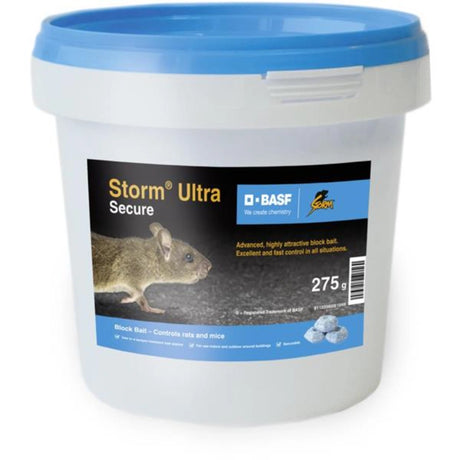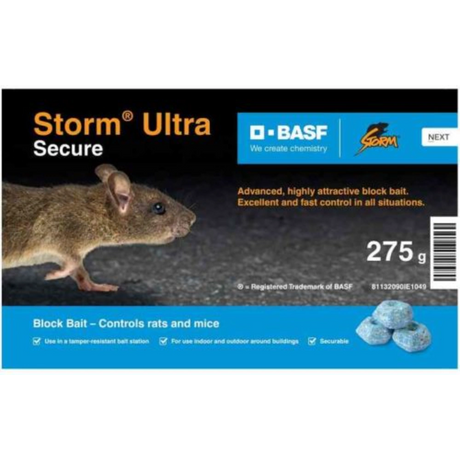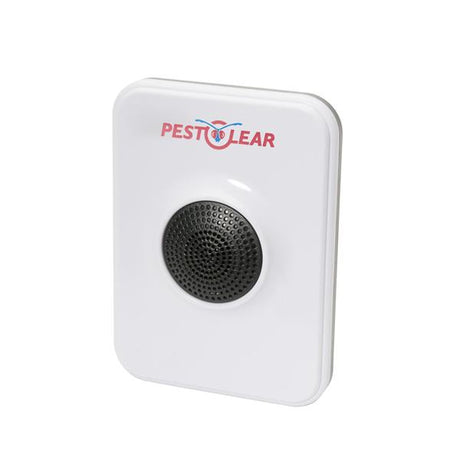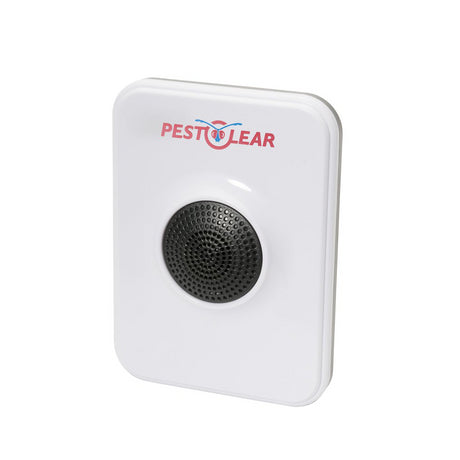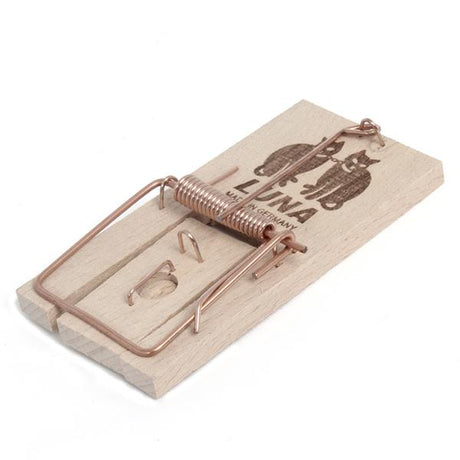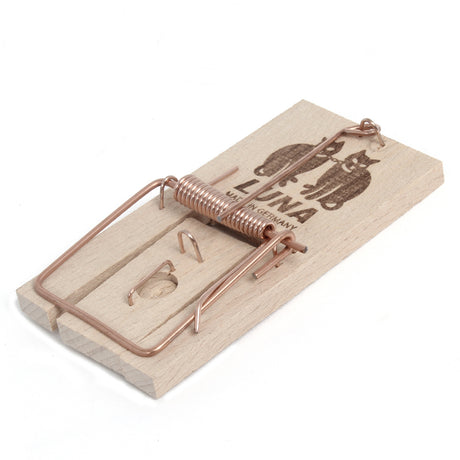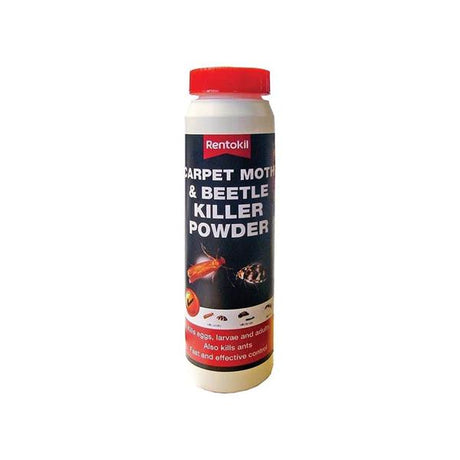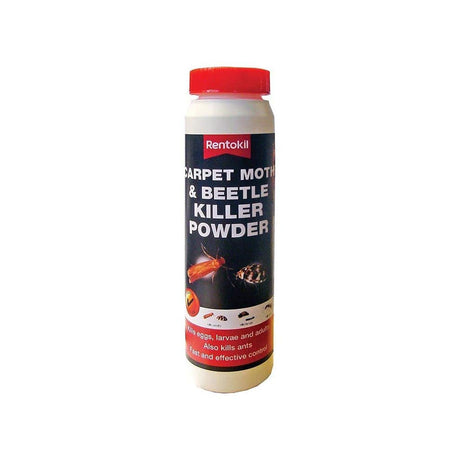No matter the season, pests have a way of sneaking into our homes and gardens. Whether it’s flies buzzing in during the warmer months, rodents seeking shelter from the cold, or moths hiding in your wardrobe year-round. These uninvited guests can become a real nuisance. While each season brings its own challenges, there are practical steps you can take to keep your space pest-free all year long.
In this guide, we’ll walk you through how to get rid of house flies, ants, spiders, wasps, rats, moths, bed bugs, and even how to deter cats from your garden, using straightforward strategies and effective tools that work whatever the weather.
1. How to Get Rid of House Flies
Common Causes and Attractants
House flies are drawn to decaying food, waste, and even pet droppings. They enter homes through open windows and doors, especially in warmer months.
Prevention Tips
- Keep kitchen surfaces clean
- Cover or refrigerate food with food containers & lunch boxes
-
Take out bins regularly and keep lids sealed
-
Use mesh screens to block entry point
Effective Tools
Swatting tools (manual or electric) are handy for fast removal. Sticky fly traps placed near windows catch them quietly, while sprays target them without leaving toxic residue.
2. How to Get Rid of Ants
How Ants Invade Homes
Scout ants enter homes looking for food. Once they find it, they leave a pheromone trail, bringing the entire colony behind them.
Prevention Tips
-
Seal cracks and gaps in doors and windows.
-
Clean up sugary spills immediately.
- Natural deterrents like peppermint oil or vinegar work well in problem areas.
Effective Tools
Ant bait stations lure scouts and destroy colonies at the source. For more severe problems, powders applied to cracks or baseboards provide long-term protection. Organic solutions are available for child- and pet-friendly homes.
3. How to Get Rid of Spiders
Why Spiders Enter Homes
Spiders come inside in search of shelter and to follow their prey, usually insects like flies or moths.
Prevention Tips
-
Regularly vacuum corners, closets, and under furniture.
-
Remove webs and egg sacs as soon as you spot them.
-
Reduce clutter, especially in dark, quiet spaces.
Effective Tools
Sprays designed for crawling insects work well in problem areas. Spider traps help monitor the situation and reduce numbers. For chemical-free options, ultrasonic repellents are safe and effective.
4. How to Get Rid of Wasps
Locating Nests
Watch for wasp activity to locate their nests. Early detection is key, especially in spring or early summer when colonies are smaller.
Effective Tools
Wasp sprays provide a quick and targeted way to deal with active wasps and nests. Designed for long-range application, these sprays allow you to treat nests from a safe distance, often expanding into a foam on contact to trap and kill wasps instantly. For best results, apply in the early morning or late evening when wasps are less active. Spot treatments with flying insect sprays are also effective for eliminating individual wasps indoors or near entry points.
5. How to Get Rid of Rats and Mice
Signs of Rodent Presence
Look out for droppings, gnaw marks, scratching sounds at night, or a musky odor.
Prevention Tips
-
Seal holes and gaps (rats can squeeze through openings as small as a coin).
-
Store food in tightly sealed containers.
- Keep your property clear of debris and excess vegetation.
Effective Tools
Traditional traps are reliable and easy to set up. Humane cages allow you to catch and release. Ultrasonic devices discourage rodents from nesting, while rodent bait blocks are effective for persistent outdoor problems.
6. How to Get Rid of Moths
Identify the Type
Clothes moths hide in wardrobes and feed on natural fibers. Pantry moths invade dried food like grains, flour, and cereals.
Prevention Tips
-
Vacuum and clean affected areas thoroughly.
-
Store food in sealed glass or plastic containers.
-
Pack seasonal clothes in airtight storage.
Effective Tools
Mothballs and hanging cassettes protect wardrobes. Carpet moth sprays and powders target larvae deep within fibers. Natural options like cedar wood blocks offer eco-friendly prevention.
7. How to Get Rid of Bed Bugs
How Infestations Begin
Bed bugs hitchhike on luggage, used furniture, or clothes. Once inside, they hide in bed frames, headboards, and seams.
Signs of Infestation
You might see small red bites, blood spots on sheets, or a musty smell in the bedroom.
Effective Tools
Bed bug traps help with early detection. Mattress-safe sprays eliminate bugs and eggs. Always wash bedding at high temperatures and vacuum thoroughly to ensure you break the breeding cycle.
8. How to Deter Cats from Your Garden
Why Cats Visit
Cats often dig up soil, mark their territory, or chase birds and insects in your garden.
Prevention Tips
-
Remove food sources.
-
Cover flowerbeds with mulch, pebbles, or netting.
- Install motion-sensitive sprinklers if the issue is ongoing.
-
Scent-based repellents mimic predator smells or mark the garden as unwelcoming.
- A natural option is a plant-based scatter spray that uses aromatic oils to prevent cats and dogs from scratching, digging, or soiling garden areas. It’s ideal for use around bins, flowerbeds, and paths. It’s safe for pets, wildlife, and children.
Humane Tools
Protect vulnerable patio and garden areas—like freshly tilled soil, flower beds, and loose gravel, from unwanted digging and soiling by cats and dogs. One effective and pet-safe solution is a biodegradable training aid made from clay granules infused with aromatic plant oils.
The natural scent creates an unpleasant environment for animals, encouraging them to avoid treated areas without causing harm. It’s an ideal option for gardeners looking for a humane and eco-conscious deterrent.
Conclusion
Getting rid of pests doesn’t have to mean calling in an exterminator right away. With a mix of effective chemical treatments and practical prevention tools, you can take control of most pest problems yourself. Whether you prefer fast-acting sprays, bait stations, traps, or humane deterrents, there’s a solution to suit every situation and home.
Whether you're dealing with a one-time issue or an ongoing pest problem, staying informed and acting early makes all the difference.









